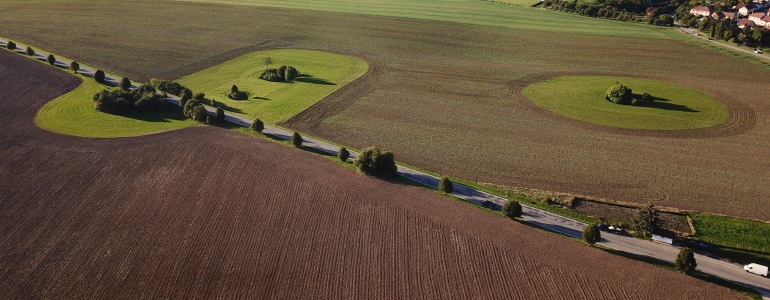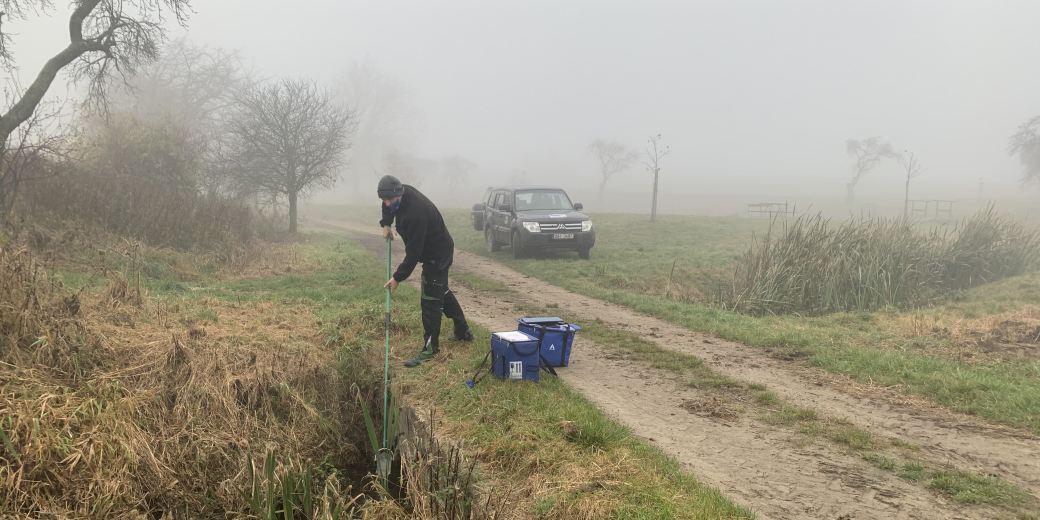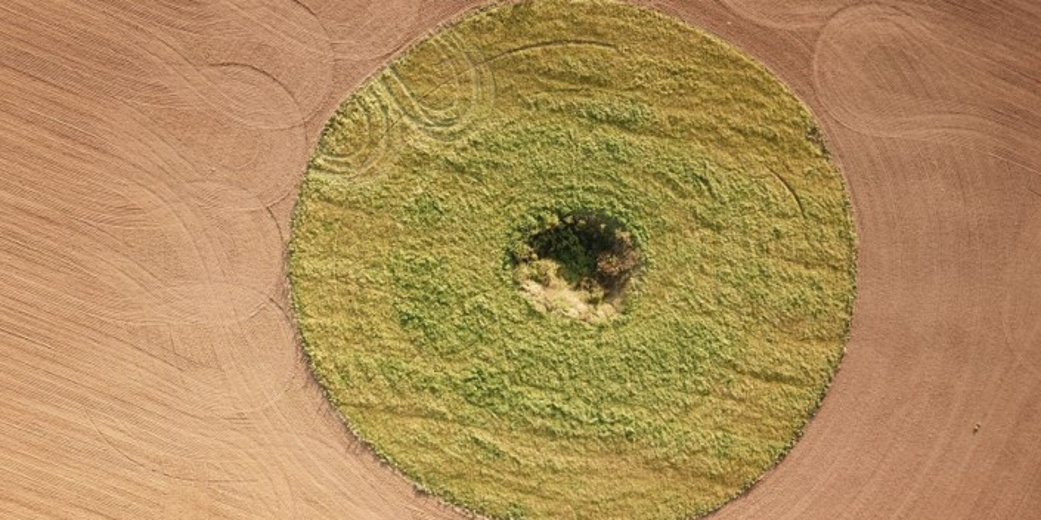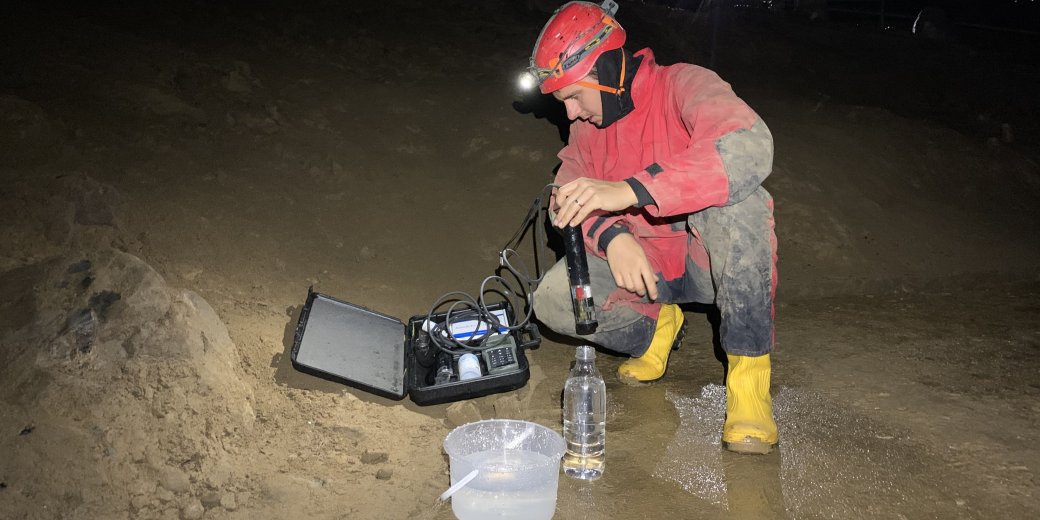Management Changes Prompted by the Pesticide Research in the Moravian Karst - Nature Conservation Agency of the Czech Republic
All news
null Management Changes Prompted by the Pesticide Research in the Moravian Karst
Management Changes Prompted by the Pesticide Research in the Moravian Karst
7. 11. 2022
Pesticides and their cocktails can pose a risk, especially to pollution-sensitive plant communities. Their protection requires data from long-term and regular monitoring of a wide range of substances. Such data is now provided through an interactive map, which was developed as a result of a project carried out by scientists from the Crop Research Institute and ALS Czech Republic, s.r.o.
Until recently, little attention has been paid to pesticide monitoring in protected areas. However, a research of water resources in the Protected Landscape Area of Moravian Karst, which took place in 2018-2021, confirmed significant leakage of pesticides and fertilizers from intensively farmed fields into the karst underground. The finding is crucial because pesticides can have negative effects on different species of organisms. The places of their use may be far beyond the boundaries of the PLA.
As part of the joint project of the Crop Research Institute and the ALS Czech Republic, which took place in the Moravian Karst PLA from 2018 to 2021, surface water, ground water and drip water were monitored every month for almost 400 pesticide substances, including their metabolites. It appeared that in the Moravian Karst PLA, leakages of pesticides and fertilizers from intensively farmed agricultural land on karst plateaus pose a great risk for karst groundwater contamination. Due to erosion, these substances leaked into the sinkholes and from there directly into the karst underground.
“It is obvious that karst environments need protection not only below the surface, but also on the surface. The results of pesticide monitoring were the main argument for changing the zoning on intensively farmed karst plateaus. Currently, Zone I, the most valuable zone, is also a newly defined above the caves and in the vicinity of the sinkholes. Following an agreement with the farmers, 114 hectares of arable land were reverted to grassland. This measure had the almost immediate effect of reducing the concentration of certain pesticides and their metabolites in the water. The farmers receive financial compensation for the disruption to their farming activities, “explains Marie Kotyzová from the Nature Conservation Agency of the Czech Republic, Administration of the Moravian Karst Protected Landscape Area.
“Farming activities may pose a risk not only in the protected area itself, but also in its surroundings. In the future, we need to think about the size of particular protected areas in order to eliminate the risk of contamination by extraneous substances from areas beyond their borders. Some protected areas are actually quite small and are basically small islands in a landscape intensively used by humans," says Tomáš Erban from the Crop Research Institute.
The interactive map, which has now been developed as part of the project, shows an overview of the detected pesticide substances, including their metabolites occurring in water sources in the Moravian Karst Protected Landscape Area and how the amount of these pesticides changes depending on the season. Although the findings of individual pesticides do not reach high values, the total sum of a wide range of pesticides and the virtual cocktail effect pose a significant risk.
The map is intended primarily for professionals involved in pesticide risk assessment and other environmental professionals. It also has the advantage of accessibility - information on the occurrence of pesticides and their metabolites in water can be accessed by the general public.
Photos by: Stanislav Koukal, Filip Chalupka

Zavrty Moravsky kras Stanislav Koukal, foto letecké

Obber vody Filip Chalupka venku

Zatravněný závrt foto Stanislav Koukal

Odběr vody v jeskyni Filip Chalupka